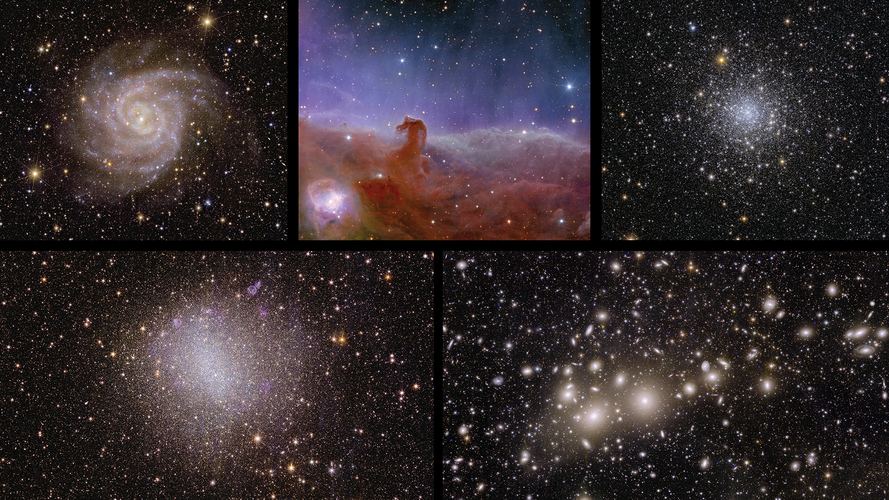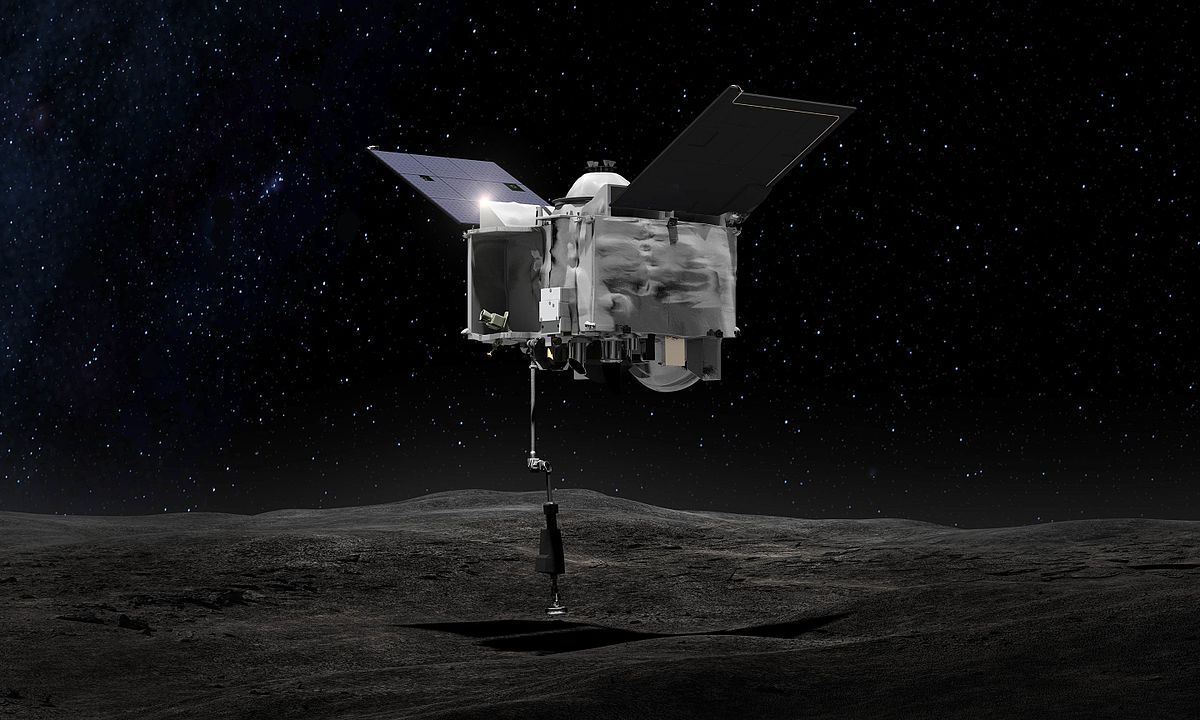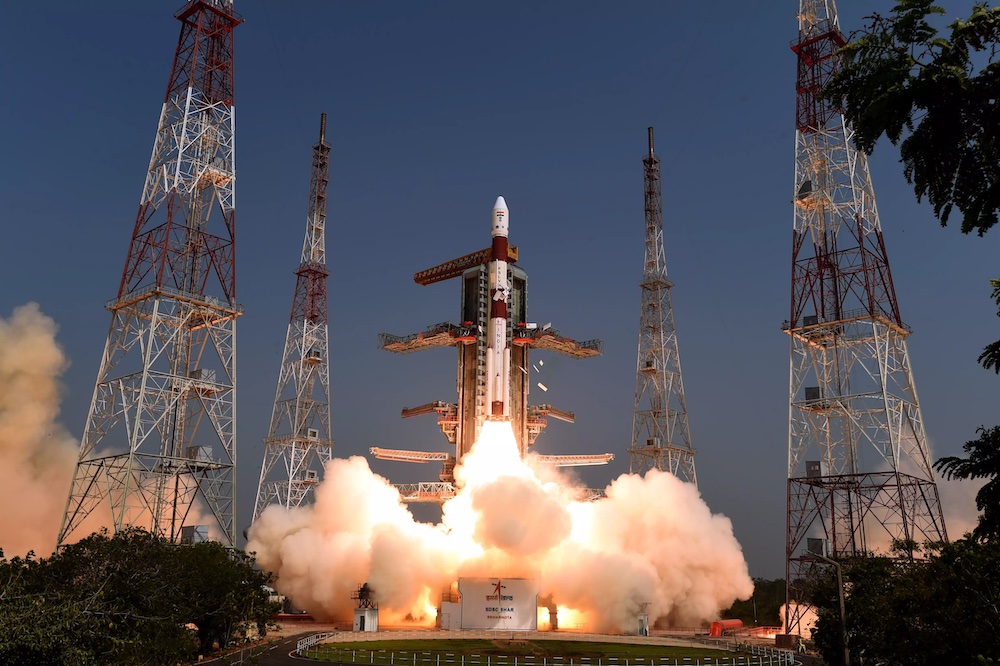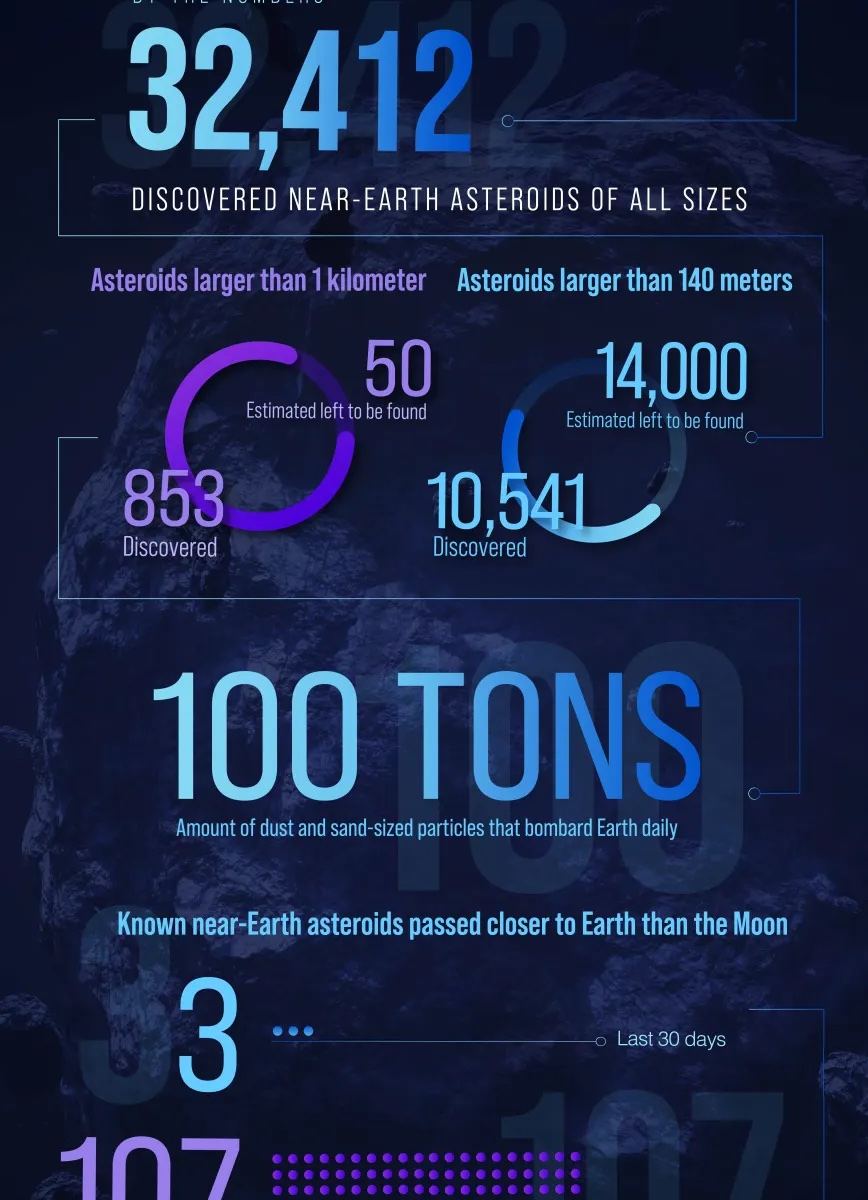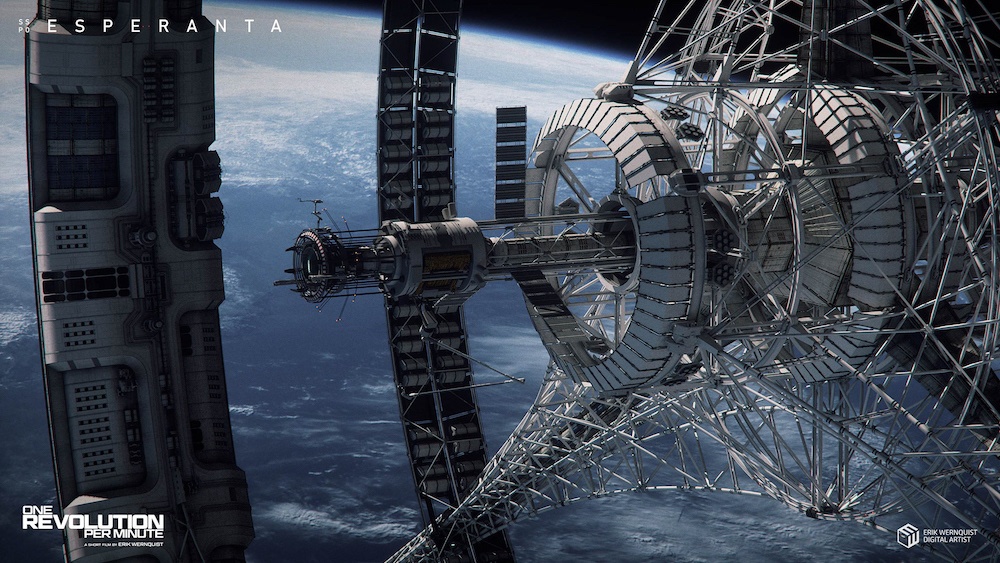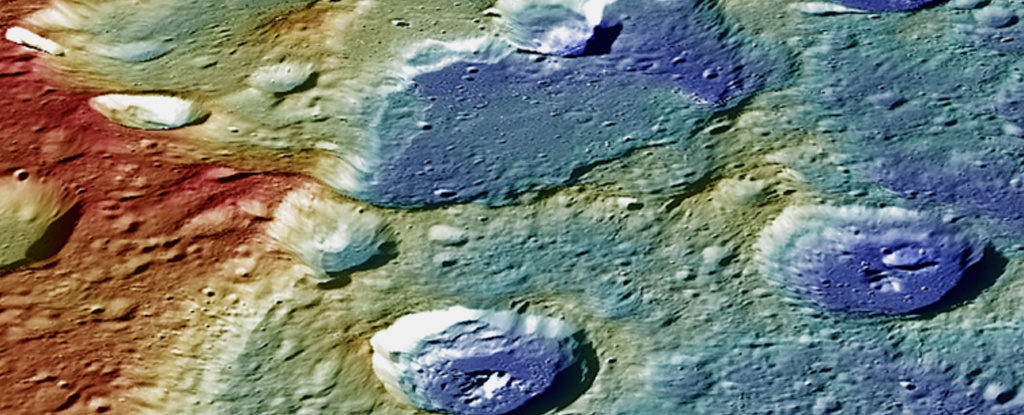New ideas in space exploration come from all corners, and, by and large, the community welcomes anybody interested in the field. Having just read A City on Mars, it seems that even people who disagree with the idea that the age of space settlement is imminent will be accepted into the fold by enthusiasts. Now, a new entrant has joined – Daniel Akinwumi is a Nigerian graduate student at the University of Strathclyde who recently published his Master’s thesis detailing the design of the “intergalactic hub,” or I-HUB.
Continue reading “A Detailed Design for a Space Station at Sun-Earth L2”How NASA Keeps Ingenuity Going After More than 50 Flights
More information is always better when it comes to publicly funded space exploration projects. So it’s welcome when a NASA engineer takes time out of the assuredly busy work lives to provide an update on everyone’s favorite helicopter on Mars. Ingenuity has been having a rough few months, and a new article entitled “The Long Wait,” posted by Travis Brown, Chief Engineer on the Ingenuity project, on NASA’s website, provides a good amount of detail as to why.
Continue reading “How NASA Keeps Ingenuity Going After More than 50 Flights”The First Color Pictures From Euclid
Many a space enthusiast first became interested in the topic when they saw some astounding picture taken by one of the world’s great telescopes and began to get a sense of scale of the universe. This author personally remembers the first time he saw Hubble’s Ultra Deep Field – arguably the image that has changed his life more than any other. Given the massive size of the universe, there are always more incredible pictures to be taken, and now humanity has a new tool for that task. Euclid, the European Space Agency’s dark matter/energy hunter, has released its first set of images – and they are absolutely mesmerizing.
Continue reading “The First Color Pictures From Euclid”The Echoes From Inflation Could Still Be Shaking the Cosmos Today
In the very early universe, physics was weird. A process known as “inflation,” where best we understand the universe went from a single infinitesimal point to everything we see today, was one such instance of that weird physics. Now, scientists from the Chinese Academy of Science have sifted through 15 years of pulsar timing data in order to put some constraints on what that physics looks like.
Continue reading “The Echoes From Inflation Could Still Be Shaking the Cosmos Today”How to Make Asteroid Landings Safer
Landing safely on an asteroid is no mean feat. Despite several recent successes, there have also been notable failures – most famously, the Philae lander to 67P/Churyumov-Gerasimenko. Admittedly, that was an attempt to land on a comet rather than an asteroid, but those two bodies share many of the same landing hazards. One of the most prevalent of those is “inhomogenous” gravity. To tackle this problem, researchers from the Harbin Institute of Technology in China recently released a paper detailing a framework for performing “soft landings” on asteroids, which might help make exploring these rocky worlds much more accessible.
Continue reading “How to Make Asteroid Landings Safer”India Plans to Send Humans to the Moon by 2040
The Indian space program has been on a bit of a tear lately. Chadrayaan-3 was just the latest successful for the ISRO, India’s space agency, when it launched in July – especially juxtaposed with Luna-25, a Russian moon lander mission that launched around the same time and failed spectacularly by crashing into the Moon. Maybe in part due to the ISRO’s success, Indian Prime Minister Narendra Modi appears to have taken an increased interest in the program and recently chaired a meeting to review the Gaganyaan Mission, India’s first foray into crewed space flight. But while in the meeting, he suggested the country’s exploration goals should go further – much further.
Continue reading “India Plans to Send Humans to the Moon by 2040”There are 14,000 Near Earth Asteroids Left to Find
Everyone likes a cool infographic, right? Does that statement hold even if the infographic points out a gap in our knowledge that could kill millions of people? Because that’s what a cool-looking infographic NASA released on October 16th does.
Continue reading “There are 14,000 Near Earth Asteroids Left to Find”A Machine Learning Algorithm Finds its First Supernova
Plenty of recent mainstream news articles have touted AI’s ability to assist in the process of scientific discovery. But most of them predicted that it could take years or even decades to see the full effect. Astronomy seems ahead of the curve, though, with the announcement of a new AI system developed by researchers at Northwestern University and elsewhere that can now autonomously detect and classify supernovae.
Continue reading “A Machine Learning Algorithm Finds its First Supernova”Imagine What Life Would be Like on a Giant Rotating Space Station
Inspiration can come in all forms, but one of the best ways to convey ideas and get people excited about them is through art. In particular, video has become one of the most prominent forms of entertainment in our modern lives, whether through 5-second TikToks or 2+ hour-long documentaries on the Crusades. Therefore, it should come as no surprise that some videographers are inspired by concepts in space exploration and can convey that inspiration through their media. And now, thanks to the internet, a new entrant to that category has recently surfaced.
Continue reading “Imagine What Life Would be Like on a Giant Rotating Space Station”Mercury is Still Shrinking
Mercury is considered a scorching, barren landscape that would literally melt your face off if you were standing on it in full sunlight. But scientists have also known for a long time that it was shrinking…because it was cold. New research based on distinct features in Mercury’s geography suggests that it might continue to do so even today.
Continue reading “Mercury is Still Shrinking”


